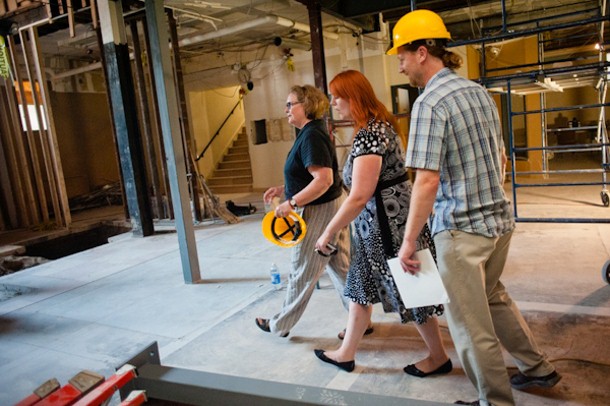Mortgages for churches and other Christian organizations is big business. According to a report by one of the world’s leading Christian market experts ‘Lambert Edwards Analytics’, lending for church construction including Christian mortgages was a $40 billion market as on 2010. It proves that this business has a strong potential for growth in the future. Despite this banks are disinclined to lend. Banks have fears regarding headline risks as foreclosing on a church usually brings bad press. Moreover, bank staff doesn’t have right sort of training needed to underwrite a church loan. Simply put, bank officials are terrified at the thought of foreclosing on a religious organization. As a result private money lenders have turned the main players in church financing.
Primarily there are three ways of getting funds for church construction. First one which is the most popular is, conventional lending, the second one is bond offering, and the third capital stewardship campaigns. The most popular ways are loans and bonds. However, churches and religious organizations also use capital campaigns to raise money for development and quick debt repayment.
Conventional Loan
This form of loan involves approaching a lender to get loan based on the estimated future worth of the facility you have planned to build. The collateral in this case is the property that you own. The entire sum is borrowed directly from a single lender. These loans commonly get converted into mortgages when the construction finishes. Lenders usually permit doing this without a separate closing when the loan conversion takes place.
Bond Offering
A bond is basically a public offering you make to the public to finance your construction by buying bonds. The church or a religious organization works with a bond company with expertise in creating and promoting the offering. Through sale of bonds funds become available to the religious group.
In both conventional loans and bond offerings the sum that you can borrow is totally based on your current income. The thumb rule for borrowing money to build or develop a church is to keep the borrowed sum between 3 to 4 times your current earnings. The lenders will look at your cash flows to determine your capacity to repay the borrowed amount.
Capital Stewardship Campaign
A capital stewardship campaign has also been used in the past to raise funds for the construction and development of church buildings. There are 3 ways a capital campaign can lend a helping hand to fund your building and development agenda. One, churches who want to avoid debt and save up for construction use this method. Two, some religious organizations choose to raise their borrowing capacity by generating additional funds through a stewardship campaign. Three, a few organizations use a capital stewardship campaign to pay back the money borrowed as quickly as possible. The last method is very common for everyone.
A capital stewardship campaign is very effective when it comes to paying off the debt. In fact, most churches pay back ½ of their debt within 3 to 4 years. Obtaining Christian mortgages use to build or develop your church is easy when you understand how the various methods of raising funds, work.

